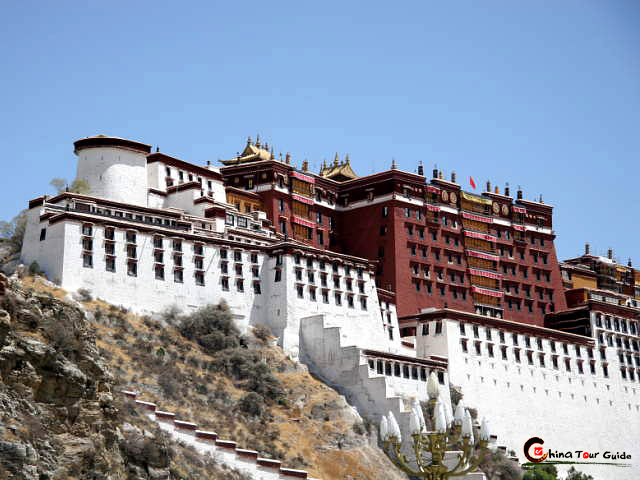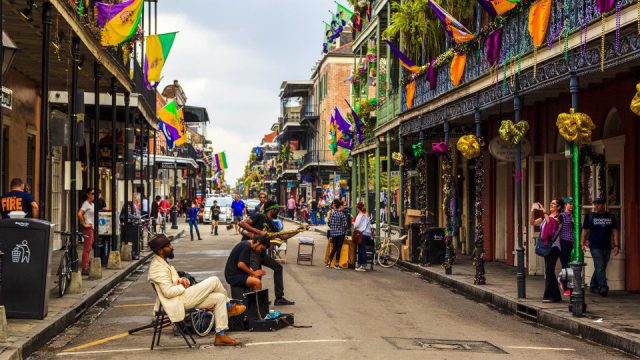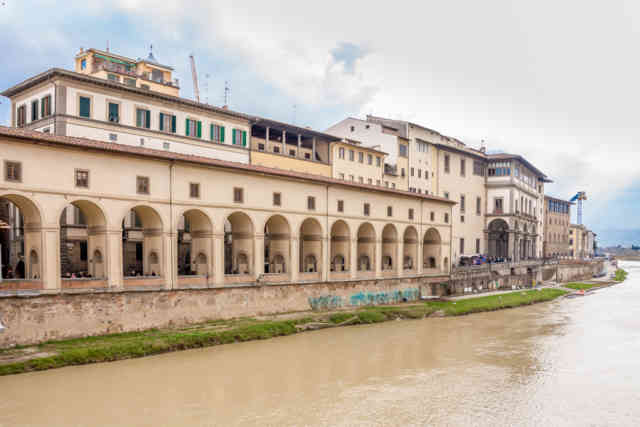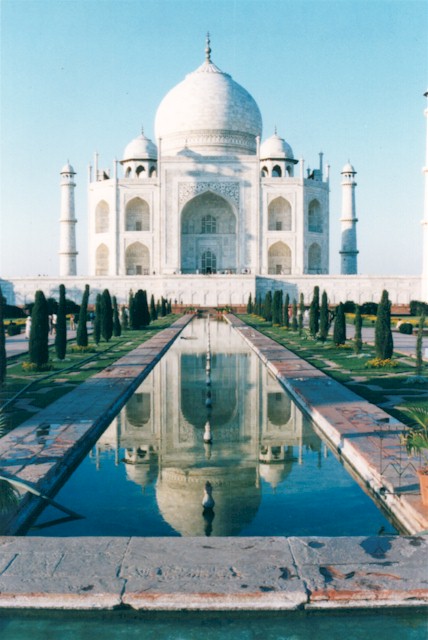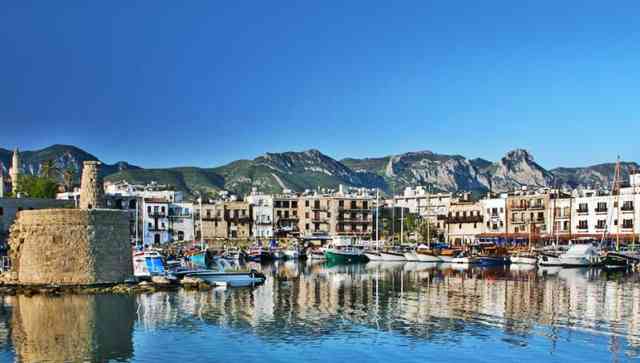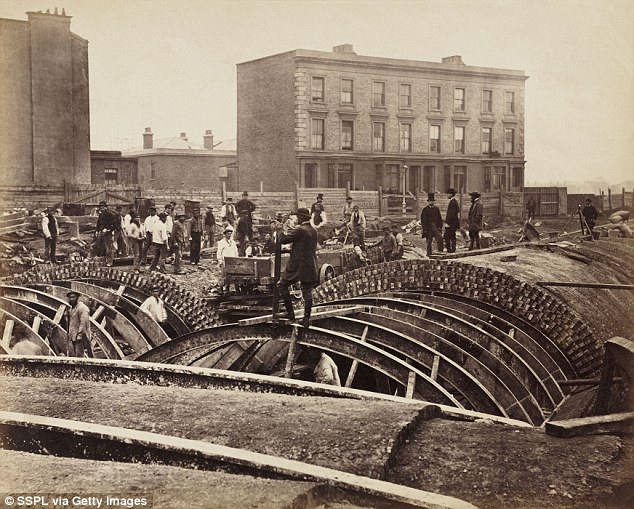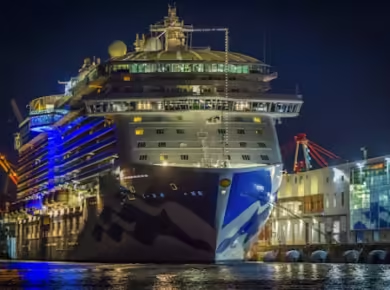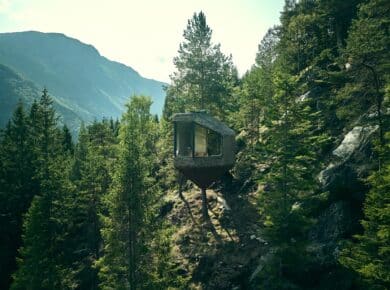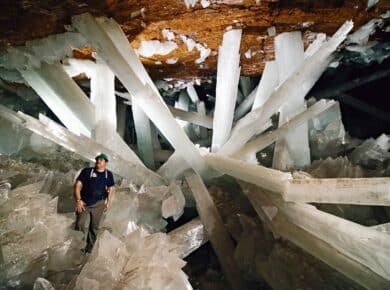Comments of the World Heritage Committee
The Potala Palace, winter residence of the Dalai Lama since the 7th century, symbolizes Tibetan Buddhism and its central role in the traditional administration of Tibet. The complex, comprising the White and Red Palaces with their ancillary buildings, was built on the Red Mountain in the center of Lhasa Valley, at an altitude of 3,700 meters. Also founded in the 7th century, the Jokhang Monastery is an exceptional Buddhist religious complex. Norbu Lingka, the Dalai Lama's former summer palace, constructed in the 18th century, is a masterpiece of Tibetan art. The beauty and originality of the architecture of these three sites, their rich ornamentation and harmonious integration set within a striking landscape, add to their historic and religious interest.
Brief Introduction
Located on the Red Mountain with an elevation of over 3,700 meters in northwest Lhasa City, Tibet Autonomous Region, the Potala Palace was built during the reign of Tibetan King Songtsen Gampo in the 7th century and covers an area of 410,000 square meters. Its 13-storeyed main building, 117 meters high, is the largest and most complete ancient Tibetan-style palace complex in Tibet. The Potala Palace is the winter palace of the Dalai Lamas, mainly comprised of the White Palace and Red Palace. The former gets its name from the white exterior, and its principal hall, named East Hall, provides the venue for grand ceremonial activities such as the Enthronement Ceremony of all previous Dalai Lamas. The top of the White Palace is where the Dalai Lama seeks relaxation, consisting of the Pilgrimage Hall, the Reception Room and his personal bedroom. The Red Palace, located in the center of the Potala Palace, is similarly named for the color of its outer walls. It principally holds eight stupas (enshrining or housing the body or bone ash of the Living Buddha) of the Dalai Lamas. Of these, the stupa of the fifth Dalai is the first and largest. The highest hall, named the Sasum Namgyi, in the Red Palace enrishes the portrait of Qing Emperor Qianlong (1736-1796) and the tablet inscribed “Hooray”. Additionally, the Potala Palace also contains many Thangkas painted on the silk fabric special to Tibet as well as cultural relics of all previous periods. The frescoes in the halls are also unique to the Potala Palace.
Located in southeast downtown of Lhasa, the Jokhang Monastery was first built in 601 or the 21st year of the the Zhenguan reign of the Tang Dynasty (618-907). It is the oldest wood-and-stone building of both Han and Tibetan styles in existence. It has four floors. The first enshrines the gold statue of Sakya-muni; the second the statues of Songtsen Gampo and Princess Wencheng; the third floor is a patio; and four golden summits are placed in the center of the fourth. In addition, a great number of precious cultural relics are preserved in the monastery.
The Norbu Lingka, first built in the mid-18th century, is located by the Lhasa River about two kilometers west of the Po-tala Palace. It is the summer palace where the Dalai Lama would handle government affairs and hold religious ceremonies and comprises several groups of palace buildings such as Galsang Phodrang, Chinse Phodrang and Tadain Mingcho Phodrang. Moreover, it boasts the largest and most exquisite garden in Tibet. Many beautiful and ornate frescoes can be found on the walls of its major halls. In addition, the Norbu Lingka also preserves a large number of cultural relics and ancient books.
Tourist Information
Transport
Tibet has now opened international and domestic flight routes leading to Chengdu, Beijing, Shanghai, Chongqing, Xi'an, Xining, Guangzhou, Kunming and Katmandu, capital of Nepal. It is an approximately two-hour drive from the airport to the downtown. The State-owned Long-Distance Bus Station, located in the meeting place of Minzu Road and Jinzhu Road Central, provides coach services to Bayi, Qamdo and Chengdu in the east, Xigaze, Gyangze and Zham in the west, and Golmud in the north. It is advisable to take a taxi in the downtown area.
Catering
The Northern American Noshery on the Beijing E. Road in Lhasa is a comparatively professional Western-style outlet. There are many restaurants specializing in Sichuan dishes and as well as chaffy dish restaurants along the streets in the western suburbs. Of these, the Blue Bird Chaffy Dish City is the most famous in Lhasa. Such Tibetan-style restaurants as the Yiwang Restaurant, the Ethnic Flavor Restaurant, the Puncog Tibetan Restaurant and the Strange Bull Saloon Restaurant are fairly clean and have genuinely local dishes. The Raw Soy Sauce, the Blood Sausage, the Fried Mutton Chop, the Tibetan-Style Bun and the Braised Radish with Yak Meat are all available.
Shopping
Such famous Tibetan patent medicines as aweto, snow lotus herb, saffron (for promoting blood circulation and removing blood stasis) and rhodiola algida (for clearing heat, resolving phlegm and resisting anoxia) can all be purchased in Lhasa. The Tibetan Medical Hospital opposite the square of Jokhang Monastery is highly recommended if one wishes to buy traditional Tibetan medicinal products.
